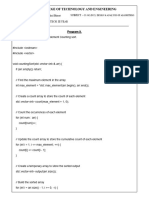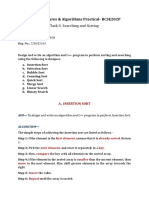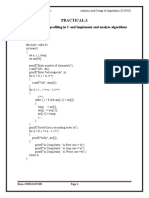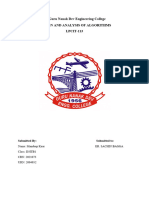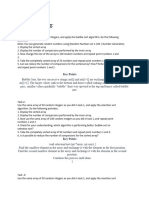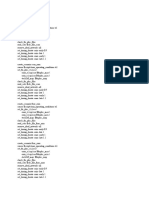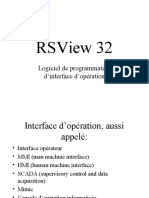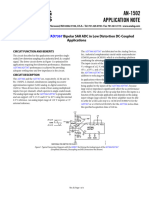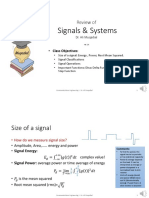0% found this document useful (0 votes)
10 views5 pagesA4 Sort Analysis
This document outlines Assignment #4 for CPSC 1160, focusing on sorting algorithms and complexity analysis. Students are required to implement a sorting algorithm in C++, perform theoretical analysis in big O notation, and complete various tasks including generating random integers and analyzing recursive functions. The assignment includes specific submission guidelines and emphasizes the importance of original work without plagiarism.
Uploaded by
headpecker334Copyright
© © All Rights Reserved
We take content rights seriously. If you suspect this is your content, claim it here.
Available Formats
Download as PDF, TXT or read online on Scribd
0% found this document useful (0 votes)
10 views5 pagesA4 Sort Analysis
This document outlines Assignment #4 for CPSC 1160, focusing on sorting algorithms and complexity analysis. Students are required to implement a sorting algorithm in C++, perform theoretical analysis in big O notation, and complete various tasks including generating random integers and analyzing recursive functions. The assignment includes specific submission guidelines and emphasizes the importance of original work without plagiarism.
Uploaded by
headpecker334Copyright
© © All Rights Reserved
We take content rights seriously. If you suspect this is your content, claim it here.
Available Formats
Download as PDF, TXT or read online on Scribd
/ 5
